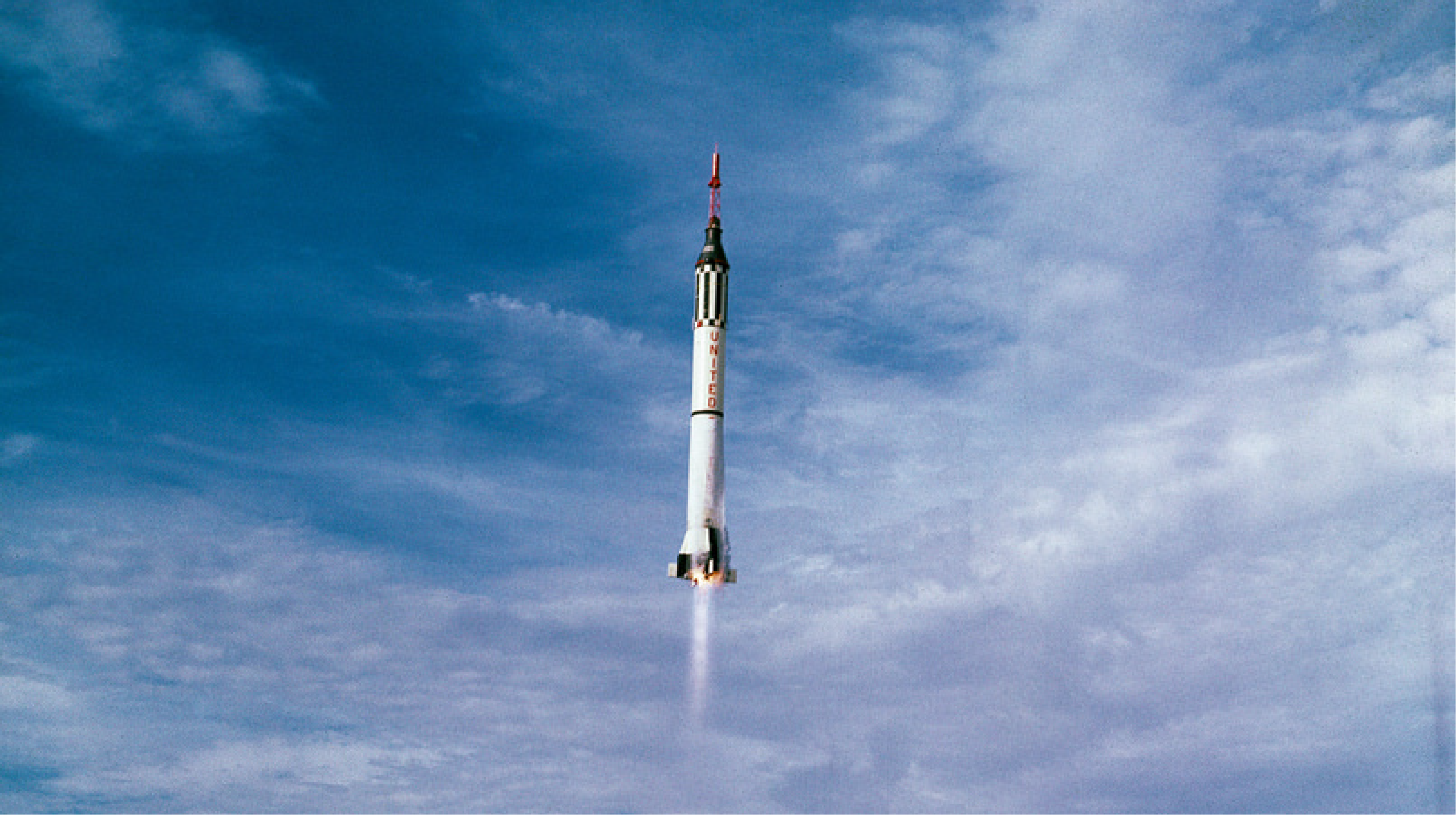In 1961 Alan Shepard was sitting in a tiny capsule, about to be the first American in space, and of course, there were a series of interminable delays. In one of the more iconic phrases of the era he said, “I’m a hell of a lot cooler than you guys, why don’t you fix your little problem and let’s light this candle” – saying, flip the switch and ignite the thrusters on this 78,000lb/f firework under my tail and let’s hope everything goes according to plan. Or, in short, ‘Let’s go, I got this…’
Today, I joined Qumulo, and the number one question I received was, “Why?” The second-most asked question was, “So Doug, what will you build this time?”
Let me take a moment to address both in turn…
First, I loved my time at Arista. I was fortunate to work with consummate professionals who set a high bar for quality, customer success, and customer intimacy. My time there reset every expectation I ever had about what building a good product looks like. It also taught me the importance of catching market inflections, being capital-efficient, and hiring exceptional people to work with.
When I started looking at Qumulo, I saw so many parallels that it was almost scary. A great team of people and culture that genuinely cared about delivering high-value capabilities to their customers. An innovative engineering team that prioritized ‘doing it right’ over ‘shipping it and letting the customer figure it out.’ I saw innovation in building connected customer success models and a company with incredible potential.
I also spent a lot of time looking at market dynamics, big trends, and seeing if the company was well-positioned to capture and participate in the most meaningful ones. For instance:
Applied AI – the ‘AI Training/Learning’ wave had already passed and was well served by a series of focused companies building high-performance object stores ideal for AI learning. However, it felt to me that this was a bit of a limited market – I mean, how many companies and organizations have the scale and the human capital to demand 1,000s, if not 100s of thousands of GPUs to create a learning model for trading, ad serving, self-driving, or election influence? A few dozen, maybe 100?
However, how many companies don’t have the human capital to build and refine their own models but view the capabilities of a mature LLM like GPT 4o or the future GPT5 as ‘more than good enough’ and want to incorporate their existing enterprise data with a public or open source AI model WITHOUT their data becoming part of the model? This felt like a much larger, more mainstream, and more sustainable market to me.
Network Attached -> Network Integrated: I also, probably too honestly, kept getting bored of hearing ‘network attached storage.’ Let’s be overly transparent for a moment: ‘network attached’ – so you plugged in an Ethernet port? There is SO MUCH MORE to being an integrated part of a networked distributed system! So why not ‘network integration’ – where we cross these historical siloes, build better distributed systems, and build systems with features and capabilities that are designed to work together the way we all, as practitioners, wish they would have from the beginning! A simple example – can we prioritize a high-priority replica rebuild ahead of a routine backup? It’s almost impossible in the network when everything runs over port 443 with TLS 1.3. However, by extending the trust boundary from the network to and through to the storage target and integrating with an infrastructure-as-a-code model, the difficult becomes possible, and the possible becomes the new standard.
I can go on for days… what I love is being able to look at an existing market, with a systems-level-view and ask the question: “What can we build that blows the minds of systems operators, storage engineering, and heads of infrastructure?” and at the same time creates capabilities that inexorably link the distributed systems we are developing with delivering on the features and capabilities that directly map to the executive/business priorities of the organizations we exist to serve.
Storage is now all about Data. The enterprise data set is growing faster than Moore’s Law can absorb on silicon or with increased areal density. AI is fueling faster data growth and more data consumption than we have ever seen before—more data will likely be generated in the next 4-5 years than in the history of mankind.
If ‘Software is Eating the World’ and ‘Data is the New Oil’ then that data needs an efficient refinery, reliable storage, thoughtful distribution, and a steward and caretaker that doesn’t just ‘pump and dump’ but instead takes the time to focus on reliability, durability, and quality while addressing the highest priorities organizations face today.
This is a bit of a teaser of what’s to come, but when you combine a run-anywhere model, a cloud-native implementation, and a global namespace, you can truly look at your data as a material business asset and simply access “Everything, Everywhere, and All At Once”—to paraphrase a pretty wild movie.
“Let’s go, we got this…”
dg
If you want to learn more about what we are up to, we are hosting an ‘Ask Me Anything’ technical discussion with some of our key engineering leaders and me. Check out the details here to register and learn more.
Image modified from “Mercury-Redstone 4 Launch, NASA Mercury Project” by NASA via Picryl is licensed under CC PDM 1.0



